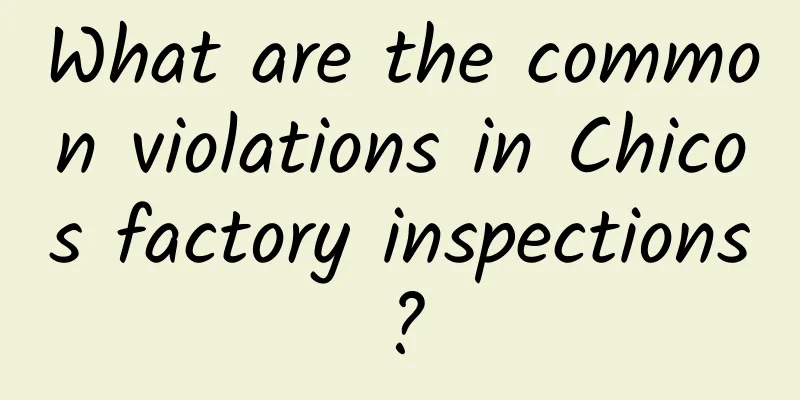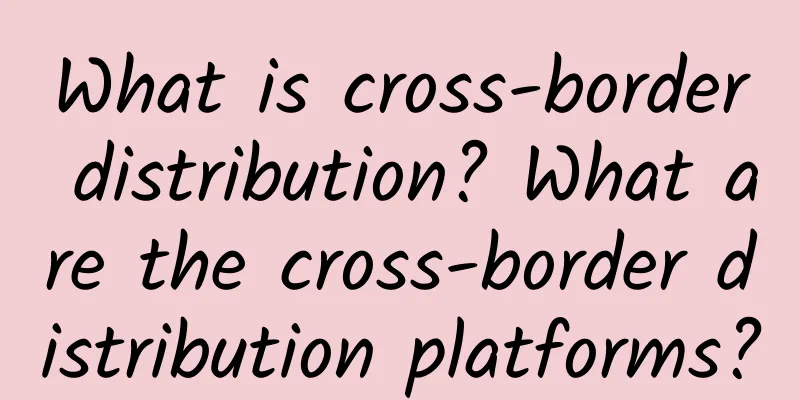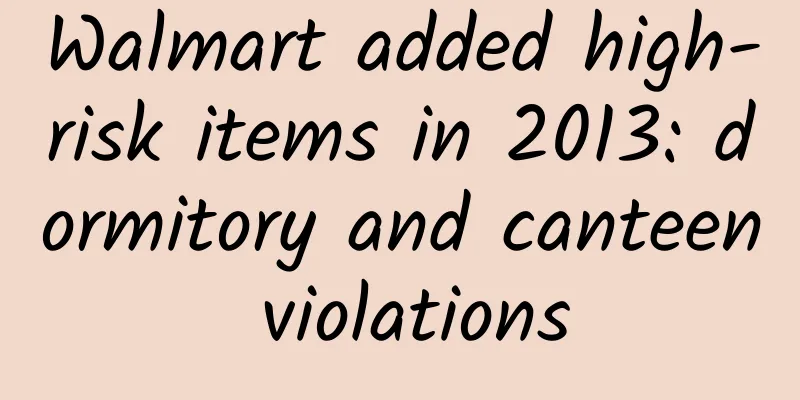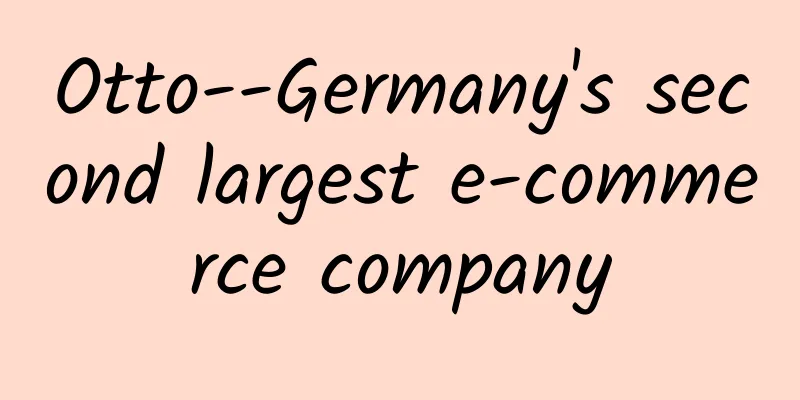Understand what carbon peak, carbon neutrality, and carbon footprint are, as well as the calculation methods and standards of carbon footprint in one article
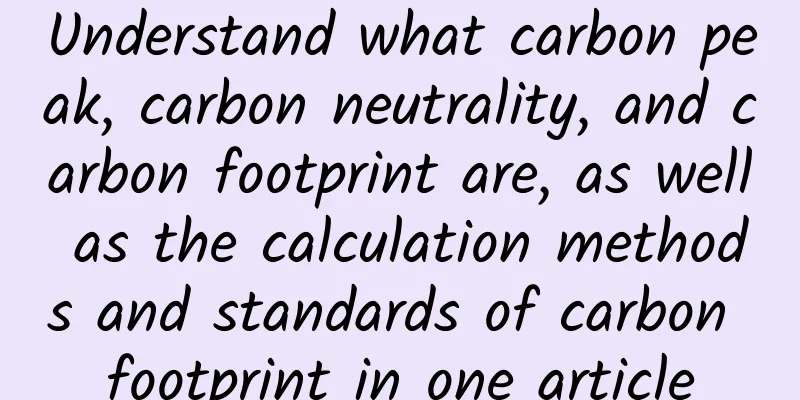
|
Everyone knows that climate change is a common challenge for all mankind, and responding to climate change is related to the future and destiny of all mankind. China will strive to achieve carbon peak by 2030 and carbon neutrality by 2060. This is China's solemn commitment to respond to global climate issues, and it is also a broad and profound systemic change in the economic and social system. Speaking of this, many people may ask what is carbon peak and what is carbon neutrality? Carbon peak: Carbon dioxide emissions reach a peak at a certain point and show a downward trend. Carbon neutrality: Through energy conservation and emission reduction, industrial regulation, afforestation, and optimized resource allocation, etc., carbon dioxide emissions can be reduced or even recycled to achieve the goal of "zero carbon dioxide emissions". The EU has introduced the Carbon Border Adjustment Mechanism (CBAM), also known as carbon tariffs, and plans to take unilateral action. It is expected that legislation will be completed in 2022, and the trial will start in 2023, covering industries such as electricity, steel, aluminum, cement and fertilizers, and will take full effect in 2026. Its essence is to increase taxes on products imported into the EU, so that imported products and EU products will be equal in greenhouse gas emission reduction costs. It may affect more than 50 industries in my country, including mining, steel, nonferrous metals, chemicals, pharmaceuticals, textiles, machinery, building materials, furniture, etc., involving an amount of more than 50 billion US dollars, and about 2.6-5.2 billion US dollars in taxes and fees will be paid, which is equivalent to a 3%-5% increase in export costs. From the supply chain requirements: many well-known international companies have also announced carbon neutrality plans, requiring the raw materials provided by small and medium-sized enterprises in their supply chains to achieve carbon neutrality; for example, Apple, Siemens, Walmart, Tesco, Schneider. IKEA, B&Q, Home Depot and other international hypermarkets and supermarkets are also formulating carbon neutrality standards and the carbon footprint of their products. Some well-known domestic companies such as Alibaba and JD.com have also begun to pay attention to carbon footprints and are looking for carbon footprint products to settle in China. According to incomplete statistics, 14 countries and regions have launched carbon footprint assessment systems for 19 categories of products, assessing more than 2,500 products. At this point, many people have asked what carbon footprint is, how to calculate it, and what are its standards? First, let's look at the concept of carbon footprint. Its concept originates from the "ecological footprint", which mainly uses carbon dioxide emission equivalents to represent the total greenhouse gas emissions emitted during human production and consumption activities. Compared with single carbon dioxide emissions, carbon footprint is a life cycle assessment method to evaluate the greenhouse gas emissions directly or indirectly generated by the research object during its life cycle. For the same object, the difficulty and scope of carbon footprint calculation are greater than carbon emissions, and its calculation results include information on carbon emissions. Here I would like to point out that the accurate definition and understanding of carbon footprint are still developing and improving. Different organizations and scholars have different emphases on the concept and connotation of "carbon footprint". Scholars mostly define it from the perspective of life cycle assessment, while institutions and organizations mainly define it according to the background and functions of their evaluation objects. At present, carbon footprint can be divided into "national carbon footprint", "city carbon footprint", "organizational carbon footprint", "enterprise carbon footprint", "family carbon footprint", "product carbon footprint" and "personal carbon footprint" according to its application level. The carbon footprint of a product refers to the total amount of direct and indirect carbon and other greenhouse gas emissions caused by a product during its life cycle. Its accounting method is the life cycle assessment method. As an evaluation tool, it is mainly used to evaluate and account for products or services. The entire life cycle process is the entire process of energy consumption and environmental impact from cradle to grave, from the collection of raw materials of the product to production, processing, transportation, consumption and final disposal as waste. Currently, the commonly used methods are roughly divided into three categories: 1. Process life cycle assessment method, which is the most traditional life cycle assessment method and also the most mainstream assessment method at present. 2. Input-output life cycle assessment method This assessment overcomes the shortcomings of boundary setting and inventory analysis in the process life cycle assessment method and introduces an economic input-output table. It is also called the economic input-output life cycle assessment method. 3. Hybrid life cycle assessment is a life cycle assessment method that combines process analysis method and input-output method. There are three types of life cycle assessment models: hierarchical hybrid, input-output hybrid and integrated hybrid. Carbon footprint accounting standards. Since many countries or organizations have developed and issued carbon footprint accounting standards for different system levels, there are many types of carbon footprint standards. From the perspective of the assessment object, they can be roughly divided into three levels: 1. At the national, departmental or regional level, the most commonly used internationally are the IPCC Guidelines for National Greenhouse Gas Inventories, 2006, and the ICLEI Guidelines for City Greenhouse Gas Inventories, 2009. 2. The enterprise and organization activity levels mainly include the Greenhouse Gas Protocol Corporate Accounting and Reporting Standard (WRI, WBCSD, 2004) and the ISO14064 Standard Series, ISO2006. 3. There are three main international standards at the product level: PAS2050:2011 Specification for the Assessment of Greenhouse Gas Emissions from the Life Cycle of Products and Services (BSI., 2011), GHGP Rotocol (WRI, WBCSD, 2011), and ISO14067 Technical Specification for Requirements and Guidance for the Quantification and Communication of Product Carbon Footprint (ISO, 2013). Still worried about not passing ISO14067 certification? Don’t worry! Chaowang Consulting and Guidance has been engaged in factory inspection guidance and certification consulting for many years. It has rich experience and connections, is familiar with the process and steps of factory inspection and certification, and can help companies solve certification problems at any time, easily deal with them, and pass them smoothly. Consultation phone: 021-51029391! |
Recommend
eBay Sellers’ Guide to Ending Your Listing Early
During the eBay sales process, you may not be abl...
Brief Introduction of Paris Spring Department Store (Factory Inspection) Group
Brief Introduction of Printemps Department Store ...
WCA factory inspection key points - checklist English version (below)
WCA factory inspection checklist: 15. Local minim...
What is Paton? What are Paton's businesses and advantages?
Paton is a wholly-owned subsidiary of Cross-borde...
GOTS certification_OCS certification_GRS certification_RDS certification-Shanghai Chaowang-Professional organic cotton certification auxiliary
OCS Certification - Organic Content Standard The ...
Suggestions on Improving the Quality of HACCP System Certification
As we all know, the HACCP certification system is...
How about Shipping Online? What services does Shipping Online provide?
How about shipping online? Shipping Online was fo...
What is the IPPC mark? Why should we apply the IPPC mark?
What is the IPPC mark? The IPPC logo is the inter...
What is EDM? What are the advantages of EDM?
What is EDM? EDM is the abbreviation of Email Dir...
Factory Inspection/Inspection Consulting Global Manufacturing Code - Management System (Mattel Factory Inspection)
Management System Does the factory provide each e...
How is Ambow Accounting? What services does Ambow Accounting provide?
How is Ambow Accounting? Founded in London, UK, A...
What is Fressnapf? How did Fressnapf develop?
What is Fressnapf? Fressnapf is one of the leader...
What are the characteristics of eBay website?
eBay (EBAY, Chinese for Electronic Bay, eBay, Yib...
How is Bar-headed Goose? What are the service advantages of Bar-headed Goose?
How about the bar-headed goose? Founded in 2018, ...




